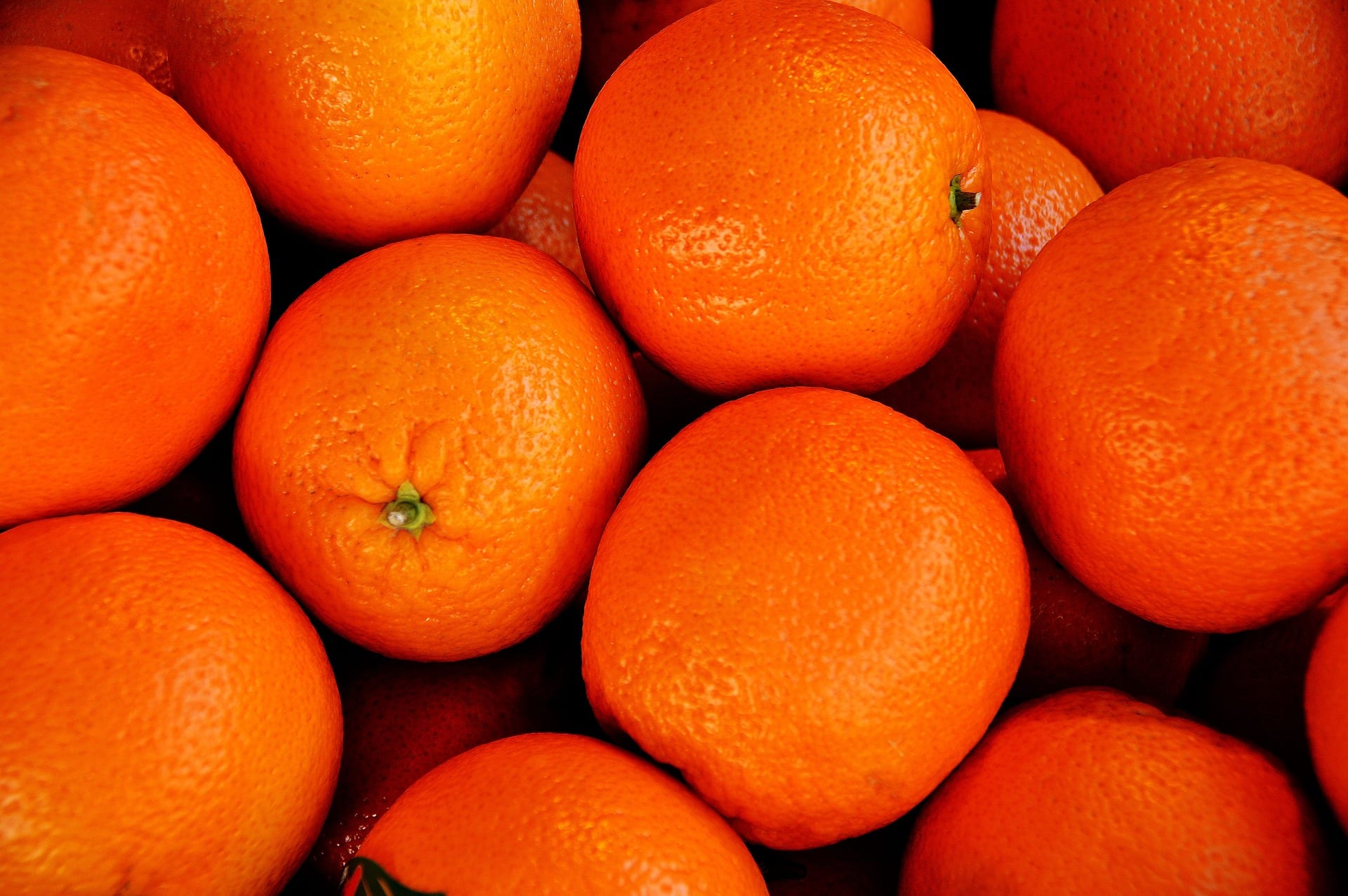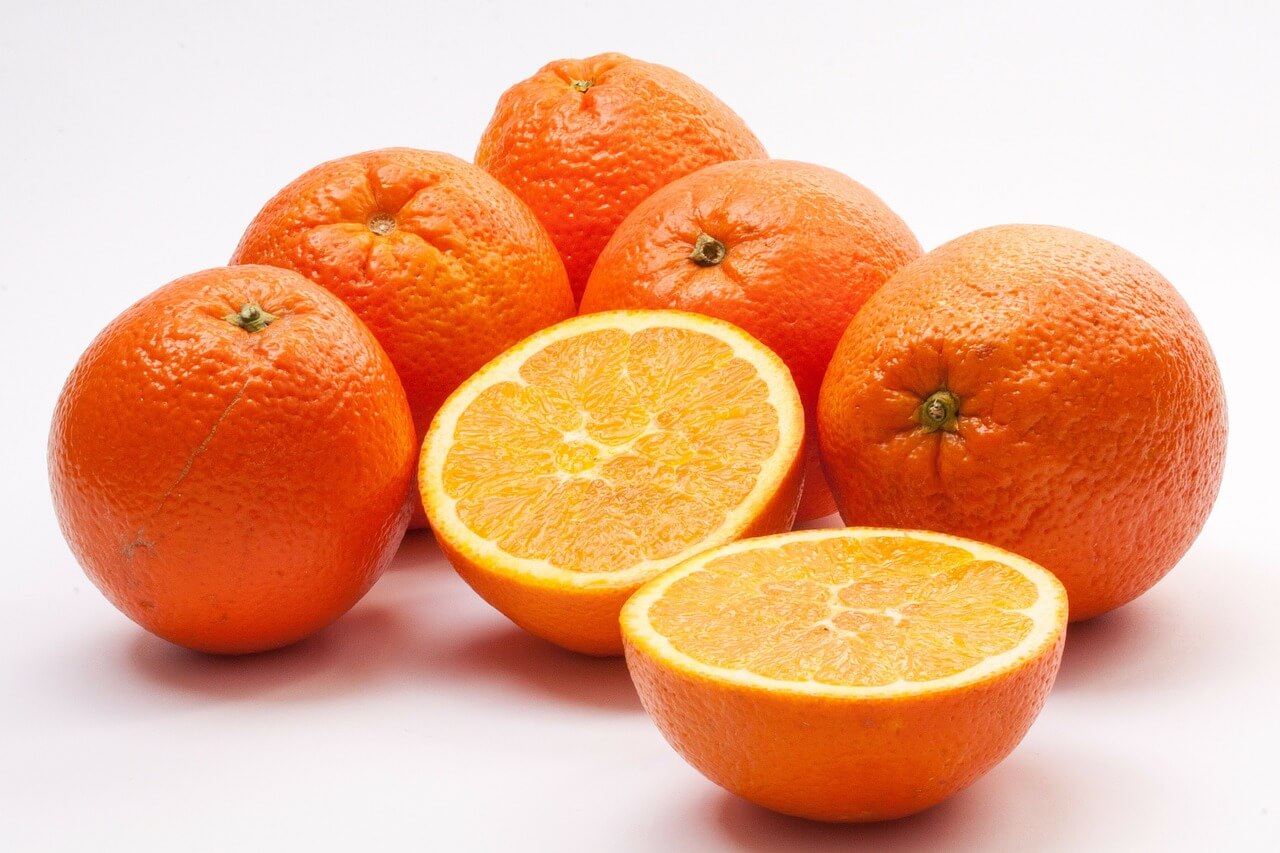One of the most consumed fruits in the world is, together with the apple and banana, orange. It is a really very interesting citrus for our food, mainly because of its high vitamin C value. Consuming one hundred grams we cover 90% of our daily need in this vitamin. They also have a high level of flavonoids, that gives us an anti-inflammatory and antioxidant action.
The world's largest producers of this fruit are Brazil, the United States, China and India. The surprise is that, although it is widely consumed, the vast majority of those who enjoy this citrus do not know the main varieties of oranges, nor their harvest time. Let's learn more about them.
Its varieties
There are three large groups of oranges. The first group are called Navel (navel in English), since they have a kind of part that comes out at one of the ends. They are precocious varieties and they begin to be harvested at the end of September. They have an orange color and are very sweet. Their skin facilitates consumption and they have few seeds.
Among the varieties Navel we can highlight two: navigate it is a variety with a lot of juice and without seeds. Navel lane beats It is a variety similar to the previous one somewhat later and that withstands heat better thanks to its thickness of skin. The Navel powel it is also a late variety, it is harvested at the end of winter.
The second is from the so-called white group. This group is characterized because they are fruits less sour and bitter than the rest of the groups. They are sweet, tasty and with few seeds. The typical varieties of this group are the Barberines, Valencia beats (the latest) and Salustians.
Finally we find the group of Sanguine. Its most important variety is Sanguinelli. They are reddish oranges with a higher level of antioxidants. This gives us greater prevention against coronary diseases. It is a variety with a lot juice and without seeds.
Orange properties
La orange It is a fruit that is harvested in the northern hemisphere from September to June. They can be eaten without refrigeration almost all year round. Besides the Vitamin C they provide us fiber, potassium, and a low calorie level. Although they can be consumed in juice, it is best to eat the fruit and not lose any of its properties.







